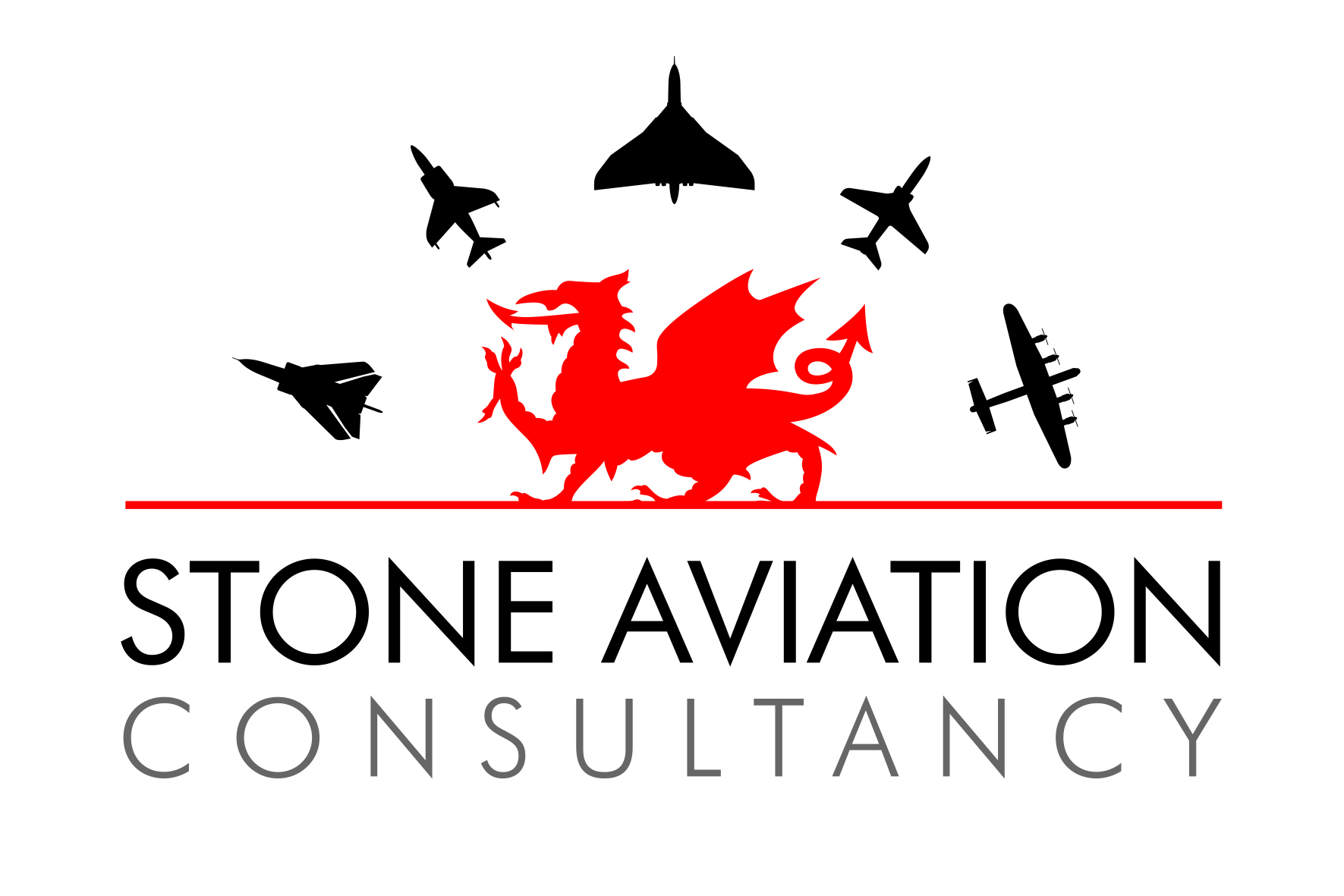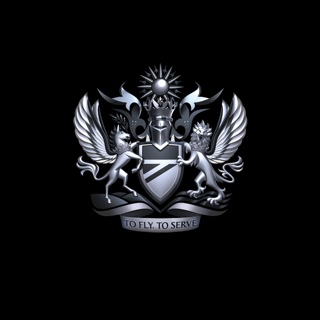Information
-
Audit Title
-
Audit Reference
-
Auditor Name
-
Conducted on
-
Location
EASA Part 145 Audit Questions
EASA 145.A.65 - Safety and quality policy, maintenance procedures and quality system
145.A.65(a)
-
(a) Has the organisation established a safety and quality policy for the organisation to be included in the exposition under 145.A.70.<br>(See associated AMC 145.a.65(a)
-
AMC145.A.65(a) The safety and quality policy should as a minimum include a statement committing the organisation to:
Recognise safety as a prime consideration at all times.
Apply Human factors principles.
Encourage personnel to report maintenance related errors/incidents.
Recognise that compliance with procedures, quality standards, safety standards and regulations is the duty of all personnel.
Recognise the need for all personnel to cooperate with the quality auditors.
145.A.65(b) b) The organisation shall establish procedures agreed by the competent authority taking into account human factors and human performance to ensure good maintenance practices and compliance with the applicable requirements established in 145.A.25 to 145.A.95. The procedures under this point shall: 1. ensure that a clear work order or contract has been agreed between the organisation and the organisation requesting maintenance to clearly establish the maintenance to be carried out so that aircraft and components may be released to service in accordance with 145.A.50; and, 2. cover all aspects of carrying out maintenance, including the provision and control of specialised services and lay down the standards to which the organisation intends to work.
-
Has the organisation established procedures agreed by the competent authority taking into account human factors and human performance to ensure good maintenance practices and compliance with the applicable requirements established in 145.A.25 to 145.A.95. The procedures under this point shall:<br>1. ensure that a clear work order or contract has been agreed between the organisation and the organisation requesting maintenance to clearly establish the maintenance to be carried out so that aircraft and components may be released to service in accordance with 145.A.50; and,<br>2. cover all aspects of carrying out maintenance, including the provision and control of specialised services and lay down the standards to which the organisation intends to work.
-
AMC 145.A.65(b) Safety and quality policy, maintenance procedures and quality system
1. Maintenance procedures should be held current such that they reflect best practice within the organisation.
It is the responsibility of all organisation’s employees to report any differences via their organisation’s internal occurrence reporting mechanisms.
2. All procedures, and changes to those procedures, should be verified and validated before use where practicable.
3. All technical procedures should be designed and presented in accordance with good human factors principles.
GM 145.A.65(b)(1)
Appendix XI to AMC M.A.708(c) provides guidance on the elements that need to be considered for the maintenance contract between the CAMO and the maintenance organisation. The Part-145 organisation should take into account these elements to ensure that a clear contract or work order has been concluded before providing maintenance services.
AMC 145.A.65(b)(2)
Specialised services include any specialised activity, such as, but not limited to non-destructive testing requiring particular skills and/or qualification. 145.A.30(f) covers the qualification of personnel but, in addition, there is a need to establish maintenance procedures that cover the control of any specialised process.
145.A.65(c) The organisation shall establish a quality system that includes the following: 1. Independent audits in order to monitor compliance with required aircraft/aircraft component standards and adequacy of the procedures to ensure that such procedures invoke good maintenance practices and airworthy aircraft/aircraft components. In the smallest organisations the independent audit part of the quality system may be contracted to another organisation approved under this Part or a person with appropriate technical knowledge and proven satisfactory audit experience; and 2. A quality feedback reporting system to the person or group of persons specified in point 145.A.30(b) and ultimately to the accountable manager that ensures proper and timely corrective action is taken in response to reports resulting from the independent audits established to meet point (1).
-
(c) Has the organisation established a quality system that includes the following:<br>1. Independent audits in order to monitor compliance with required aircraft/aircraft component standards and adequacy of the procedures to ensure that such procedures invoke good maintenance practices and airworthy aircraft/aircraft components. In the smallest organisations the independent audit part of the quality system may be contracted to another organisation approved under this Part or a person with appropriate technical knowledge and proven satisfactory audit experience; and<br>2. A quality feedback reporting system to the person or group of persons specified in 145.A.30(b) and ultimately to the accountable manager that ensures proper and timely corrective action is taken in response to reports resulting from the independent audits established to meet paragraph (1).
-
AMC 145.A.65(c)(1)
1. The primary objectives of the quality system are to enable the organisation to ensure that it can deliver a safe product and that organisation remains in compliance with the requirements.
2. An essential element of the quality system is the independent audit.
3. The independent audit is an objective process of routine sample checks of all aspects of the organisation’s ability to carry out all maintenance to the required standards and includes some product sampling as this is the end result of the maintenance process. It represents an objective overview of the complete maintenance related activities and is intended to complement the 145.A.50(a) requirement for certifying staff to be satisfied that all required maintenance has been properly carried out before issue of the certificate of release to service. Independent audits should include a percentage of random audits carried out on a sample basis when maintenance is being carried out. This means some audits during the night for those organisations that work at night.
4. Except as specified in sub-paragraphs 7 and 9, the independent audit should ensure that all aspects of Part-145 compliance are checked every 12 months and may be carried out as a complete single exercise or subdivided over the 12 month period in accordance with a scheduled plan. The independent audit does not require each procedure to be checked against each product line when it can be shown that the particular procedure is common to more than one product line and the procedure has been checked every 12 months without resultant findings. Where findings have been identified, the particular procedure should be rechecked against other product lines until the findings have been rectified after which the independent audit procedure may revert back to 12 monthly for the particular procedure.
5. Except as specified otherwise in subparagraphs 7, the independent audit should sample check one product on each product line every 12 months as a demonstration of the effectiveness of maintenance procedures compliance. It is recommended that procedures and product audits be combined by selecting a specific product example, such as an aircraft or engine or instrument and sample checking all the procedures and requirements associated with the specific product example to ensure that the end result should be an airworthy product.
For the purpose of the independent audit, a product line includes any product under an Appendix II approval class rating as specified in the approval schedule issued to the particular organisation.
It therefore follows for example that a maintenance organisation approved under Part-145 with a capability to maintain aircraft, repair engines, brakes and autopilots would need to carry out four complete audit sample checks each year except as specified otherwise in subparagraphs 5, 7 or 9.
6. The sample check of a product means to witness any relevant testing and visually inspect the product and associated documentation. The sample check should not involve repeat disassembly or testing unless the sample check identifies findings requiring such action.
7. Except as specified otherwise in sub-paragraph 9, where the smallest organisation, that is an organisation with a maximum of 10 personnel actively engaged in maintenance, chooses to contract the independent audit element of the quality system in accordance with 145.A.65(c)(1) it is conditional on the audit being carried out twice in every 12 month period.
8. Except as specified otherwise in sub-paragraph 9, where the organisation has line stations listed as per 145.A.75(d) the quality system should describe how these are integrated into the system and include a plan to audit each listed line station at a frequency consistent with the extent of flight activity at the particular line station. Except as specified otherwise in sub-paragraph 9 the maximum period between audits of a particular line station should not exceed 24 months.
9. Except as specified otherwise in sub-paragraph 5, the competent authority may agree to increase any of the audit time periods specified in this AMC 145.A.65(c)(1) by up to 100% provided that there are no safety related findings and subject to being satisfied that the organisation has a good record of rectifying findings in a timely manner.
10. A report should be raised each time an audit is carried out describing what was checked and the resulting findings against applicable requirements, procedures and products.
11. The independence of the audit should be established by always ensuring that audits are carried out by personnel not responsible for the function, procedure or products being checked. It therefore follows that a large maintenance organisation approved under Part-145, being an organisation with more than about 500 maintenance staff should have a dedicated quality audit group whose sole function is to conduct audits, raise finding reports and follow up to check that findings are being rectified. For the medium sized maintenance organisation approved under Part-145, being an organisation with less than about 500 maintenance staff, it is acceptable to use competent personnel from one section/department not responsible for the production function, procedure or product to audit the section/department that is responsible subject to the overall planning and implementation being under the control of the quality manager. Organisations with a maximum of 10 maintenance staff actively engaged in carrying out maintenance may contract the independent audit element of the quality system to another organisation or a qualified and competent person approved by the competent authority.
GM 145.A.65(c)(1)
1. The purpose of this GM is to give guidance on just one acceptable working audit plan to meet part of the needs of 145.A.65(c)1. There is any number of other acceptable working audit plans.
AMC 145.A.65(c)(2)
1. An essential element of the quality system is the quality feedback system.
2. The quality feedback system may not be contracted to outside persons. The principal function of the quality feedback system is to ensure that all findings resulting from the independent quality audits of the organisation are properly investigated and corrected in a timely manner and to enable the accountable manager to be kept informed of any safety issues and the extent of compliance with Part-145.
3. The independent quality audit reports referenced in AMC 145.A.65(c)(1) sub-paragraph 10 should be sent to the relevant department(s) for rectification action giving target rectification dates. Rectification dates should be discussed with such department(s) before the quality department or nominated quality auditor confirms such dates in the report. The relevant department(s) are required by 145.A.65(c)(2) to rectify findings and inform the quality department or nominated quality auditor of such rectification.
4. The accountable manager should hold regular meetings with staff to check progress on rectification except that in the large organisations such meetings may be delegated on a day to day basis to the quality manager subject to the accountable manager meeting at least twice per year with the senior staff involved to review the overall performance and receiving at least a half yearly summary report on findings of non-compliance.
5. All records pertaining to the independent quality audit and the quality feedback system should be retained for at least 2 years after the date of clearance of the finding to which they refer or for such periods as to support changes to the AMC 145.A.65(c)(1) sub-paragraph 9 audit time periods, whichever is the longer.
Sign Off & Comments
-
Executive Summary
-
Auditor Comments
-
Select date
-
Manager Audited
-
Auditor










